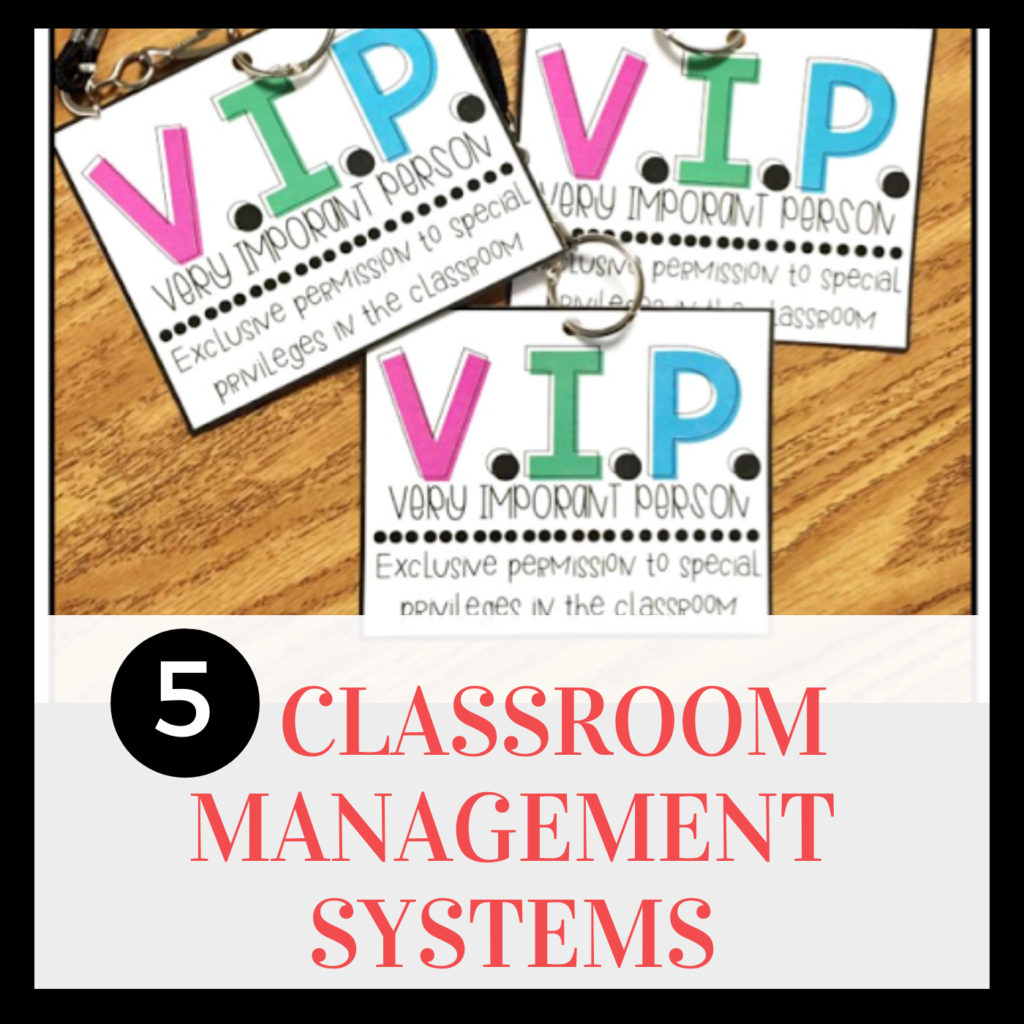1. Class Meetings
Set a time(s) each week (perhaps a few mornings during homeroom, or right after lunch) for whole class meetings. This is an ideal time for learners to share about themselves. It can build awareness and trust with classmates. The teacher asks a question. Learners reflect and share their thoughts and opinions openly while listening respectfully to others. You can use the discussion cards in the box to help during class meetings. Pathway to Success’s website has a post with several free sets of conversation cards. These are great to use for a class meeting!

2. Read Books that Bring Up SEL Topics
Bring in some books that talk about feelings and social skills. I have a whole list of great SEL books on a different post. After reading, discuss these topics further in class during a mini lesson. Have learners identify ways the characters in the book showed different social skills. Brainstorm and create a chart of how they can use those skills at school.
Some of my favorite SEL books are:
The Girl Who Never Made Mistakes
3. Teach Coping Tools
Sometimes learners act out because they don’t know any responsible, appropriate ways to respond to certain feelings. As teachers, we need to teach children specific ways to respond when we feel happy, sad, tired, angry, frustrated etc.
Some ideas include:
Drawing a picture of how they feel
Writing in a journal
Taking a break from the situation
Breathing exercises
Tighten and relax the muscles
Squeeze something in your hand
4. Use Charts to Clarify Social-Emotion Vocabulary
Be specific about what different emotions and social behavior look like, sound like, feel like. Don’t assume they automatically know what respect really means just because the word is said all the time.
Keep these charts up in class as you practice them.
5. Include Calming Activities and Emotional Check-Ins In Your Day
Taking some time after playing at recess or PE to help learners calm down and refocus is really helpful for ensuring that the next lessons are productive. You can help learners relax by:
Sensory activities- playing with playdough, sand, pipecleaners
Breathing
Slow muscle movement
I love the website Go Noodle. It has videos that walk learners through breathing and relaxation activities as well as fun, energizing activities (perfect if it is raining during recess time!) You can create a free Educator account.
Emotional Check-Ins help learners become more mindful about their feelings and make choices on how to manage or change those feelings.
After teaching learners about different emotions and their names, start asking them how they feel. You can do this first thing in the morning when you meet learners at the door. You can also do it after break or lunch. If they say they feel sad or angry, help them with the “next step”. What is something they can do to work on those feelings? For example, if they feel sad, you might suggest they go write about their feelings on a piece of paper for the next few minutes. (remember the coping tools from tip #3).
You can use a feelings chart to help students name their feelings or some districts use a chart about “zones of regulation”. Zones of regulation are the same as a feelings chart but it summarizes all feelings into 4 colored zones. You can ask learners which zone they are in at the moment. The zone of regulation chart connects with the Pixar movie called “Inside Out” and refers to the characters/feelings that are in the movie. Pictured below is a more detailed teacher version of the zones of regulation that can be helpful.

Other posts you might like:



